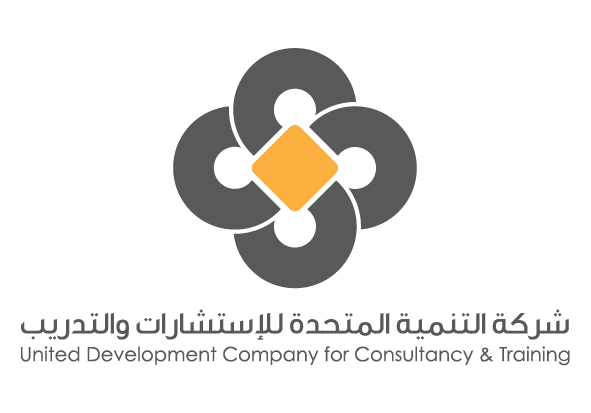
- This course has passed.
Certificate in Treasury and Cash Management
December 16, 2024 @ 8:00 am - December 20, 2024 @ 5:00 pm
KD 1,950
This course aims to increase participants’ proficiency in Treasury and Cash Management principles and practices. It is directed toward professionals seeking insights into practical, real-life concepts. It allows them to manage financial activities efficiently, treat risks proactively, and make informed decisions based on concrete and tangible metrics. Participants will learn to develop a practical Treasury Management framework based on applied efforts and practical scenarios.
The course also equips attendees with the necessary tools to excel in their roles, drive value within their organizations, and stay current with industry trends.
Course Objectives
By the end of the course, participants will be able to:
- Explain the role and importance of treasury functions within the organizations
- Advise the treasury regarding the utilization of the numerous financial instruments
- Develop strategies for optimizing Working Capital to enhance liquidity and profitability while striking a balance with the relevant risk profile
- Apply various treatment methodologies to handle the different types of risks in the treasury function
- Evaluate the impact of treasury and cash management decisions on organizational performance
Target Audience
This course has been designed for intermediate- and advanced-level professionals working in treasury, finance, accounting, risk management, audit, governance, and regulation of financial services, as well as project managers, finance managers, functional managers, senior managers, board members, and all individuals interested in Treasury and Cash Management.
Target Competencies
- Managing cash and treasury funds
- Assessing financial instruments
- Optimizing working capital
- Managing treasury risks
- Taking financial decisions
Course Methodology
The course uses interactive techniques, such as brief presentations by consultants and participants. It also features several group exercises, case studies, interactive discussions, and practical simulations to help participants consolidate their learning experience.
Day 1
- Introduction to Treasury and Cash Management
- The strategic role and scope of treasury management
- Overview of cash management, roles, activities, principles, and practices
- Portfolio management, trading and settlement
- Cash forecasting techniques, cash balances, and optimal range
- Baumol and Miller’s models
- Treasury systems and technology
Day 2
- Financial Markets and Financial Instruments
- Introduction to Financial Markets
- Money market instruments and their properties
- Fixed income instruments and their properties
- Stocks and their properties
- Derivatives and their properties
- Structured products and their properties
Day 3
- Working Capital Management
- Importance of Working Capital Management
- Ratio analysis and the analysis of financial statements
- Techniques for managing collections, disbursements, inventory, and improving the Cash Conversion Cycle
- Cash flow optimization techniques and liquidity planning
- Securitization, and factoring
Day 4
- Risk Management in Treasury Operations
- Understanding the risk management process
- Managing credit risk
- Managing liquidity risk
- Managing market risk
- Managing foreign exchange risk
- Managing operational risk
- Managing other risks
Day 5
- Financial Management
- Corporate financial planning and Weighted Average Cost of Capital
- Asset and Liability Management (ALM) strategies
- Capital adequacy considerations
- Investment management and control
- Valuation methodologies



